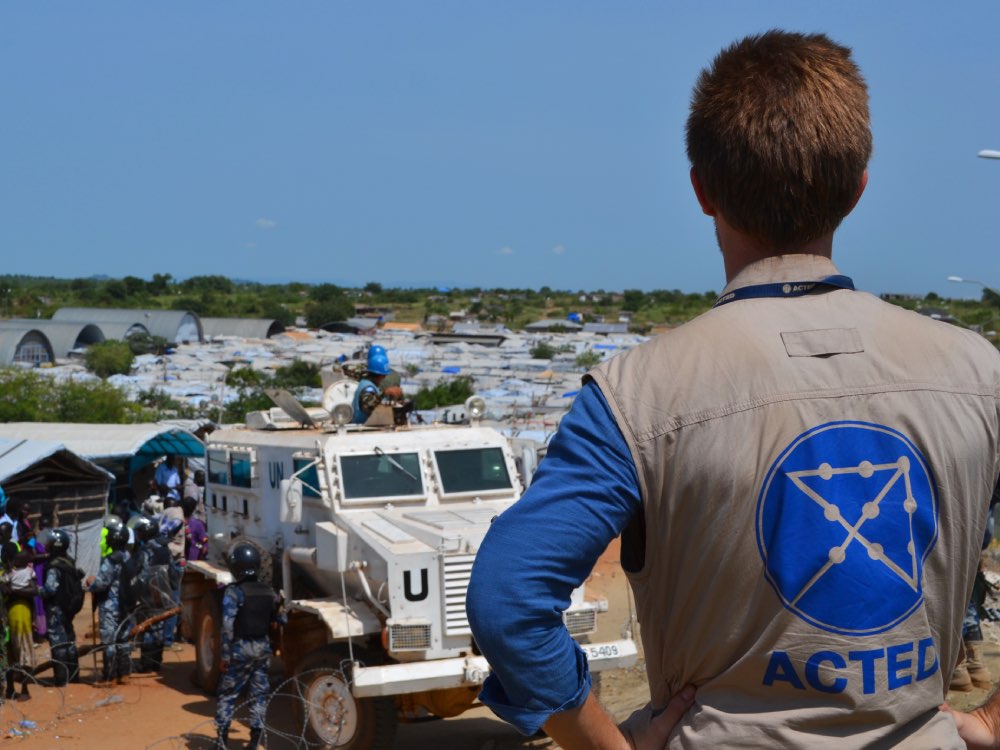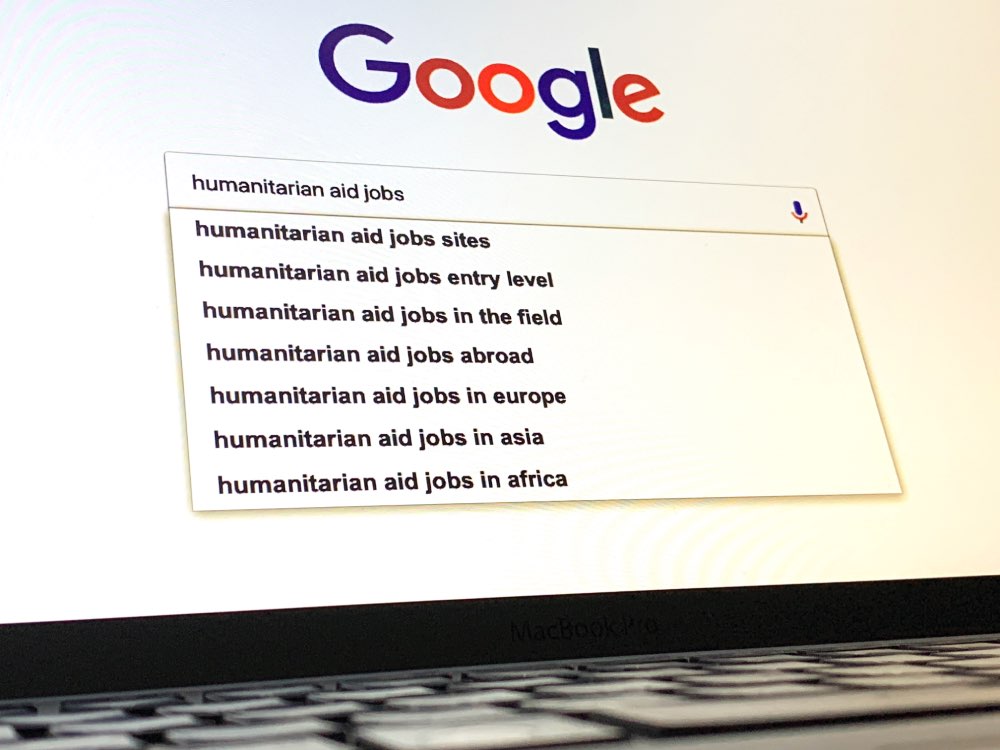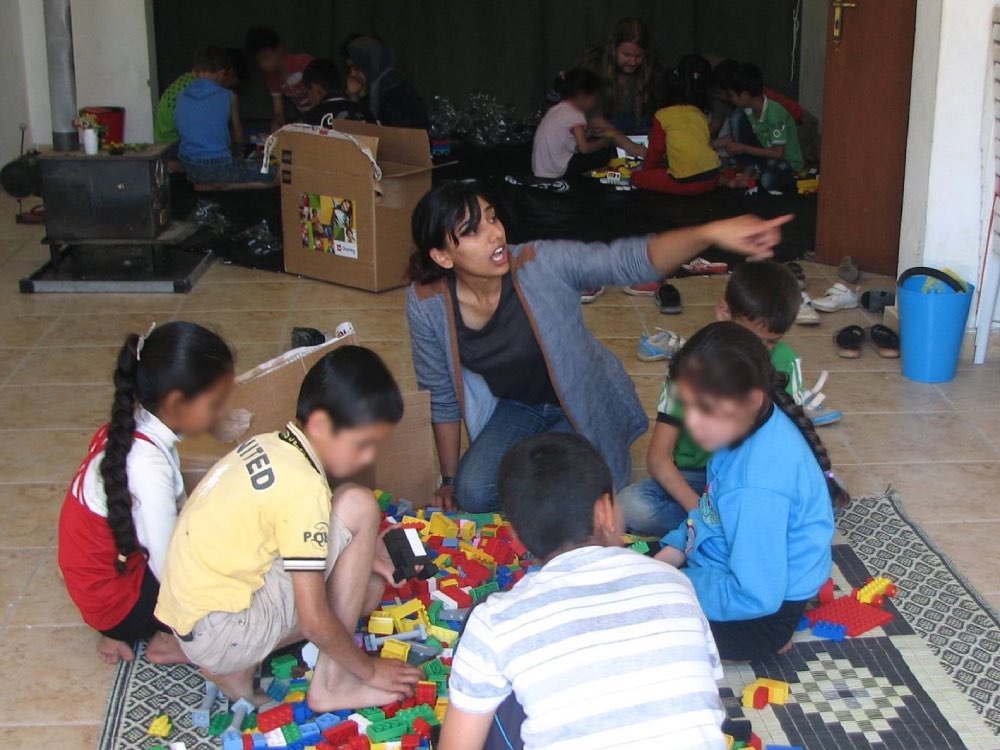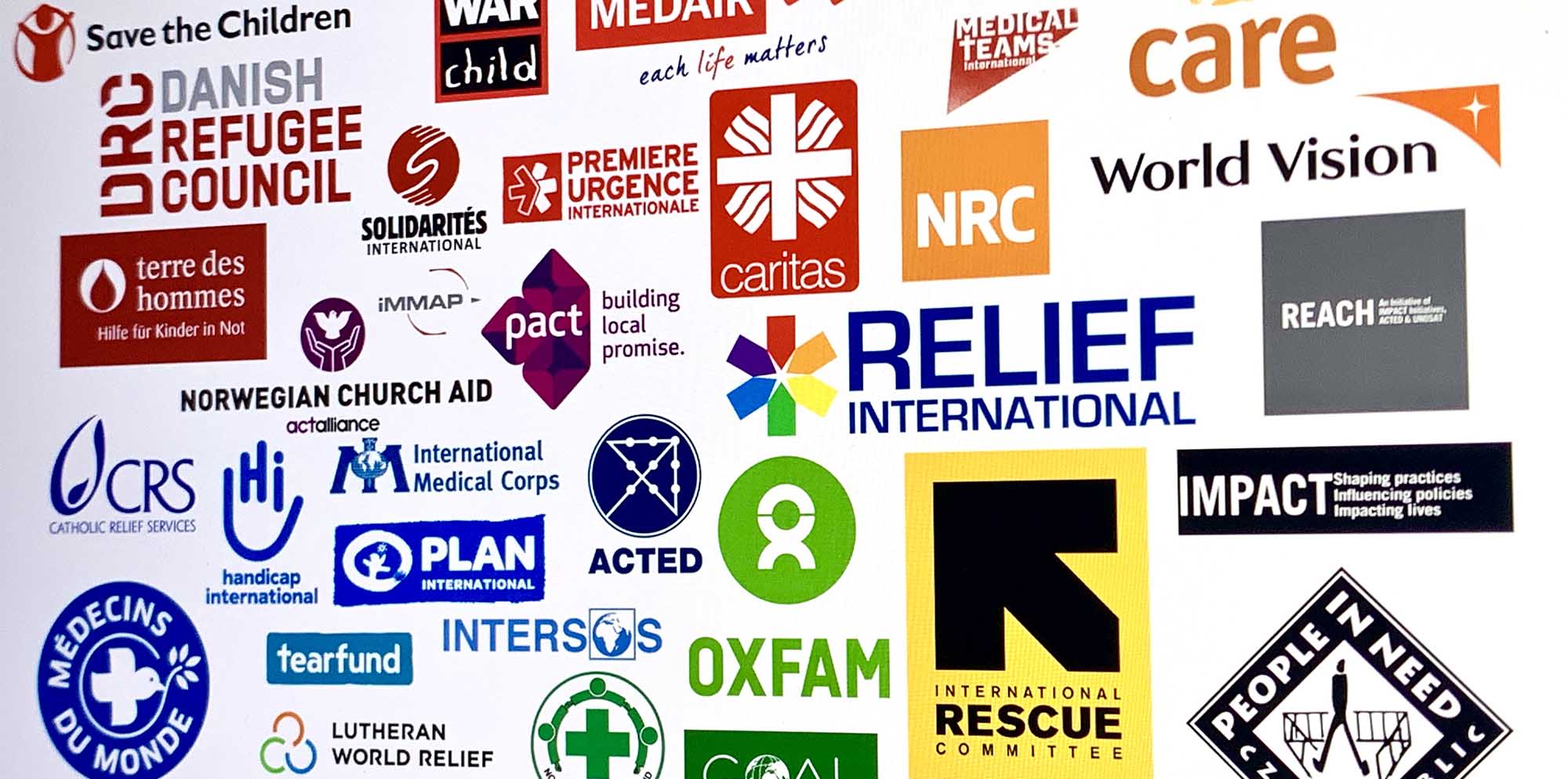
The big list of humanitarian NGOs
The sheer number of aid organisations can be overwhelming. So we made a list. This is the definitive roll call of every major international humanitarian NGO.
If you’re a career aid worker, you already know the wild landscape of humanitarian NGOs by heart. After all, you probably started your career at RI, did a short stint at REACH, and later moved to CARE. Your friends work for TdH, GOAL, PIN, and IMC. You attend weekly Protection cluster meetings with NRC, DRC, IRC, NP, and HI. Each organisation’s flaws and perks are gossiped about endlessly at your guesthouse dinner table, private compound pool parties, and boozy humanitarian soirées.
But if you’re new to the humanitarian sector, it’s just a baffling alphabet soup of acronyms. Which organisations are legitimate? Which ones should you aim to work for? And how many are there, anyway?
What you wish you had — you may have already muttered to yourself — is a list.
Many lists of humanitarian NGOs already exist on the internet, but all are deeply flawed. Some lists only include the largest NGOs (but how does that help you when trying to start your career?), others claim to list only the “best” NGOs but seem to have been written by a bot (War Child in the same category as DRC and IRC?), while still others include a puzzling selection of NGOs that no professional aid worker has ever heard of before (Task Force Pineapple? GlassFrog International Aid Organisation?).
We have decided to address this problem once and for all. So we tracked down every single one of the major international humanitarian NGOs, listed them, and ranked them. This is the authoritative list. (It’s also just our opinion.)
Who's on the list
These 53 aid agencies are large enough to be operating in most of the world’s humanitarian responses at any given time. Most of them have active programming in 20 to 30 countries globally, in a variety of technical sectors such as WASH, Shelter, Protection, cash, NFIs, and other areas of humanitarian programming.
In essence, if an NGO is on this list it’s a well-established organisation that any veteran aid worker would instantly recognise. You may have never heard of most of these organisations before, but it’s likely that you’ll spend a good chunk of your field career working for a few of them.
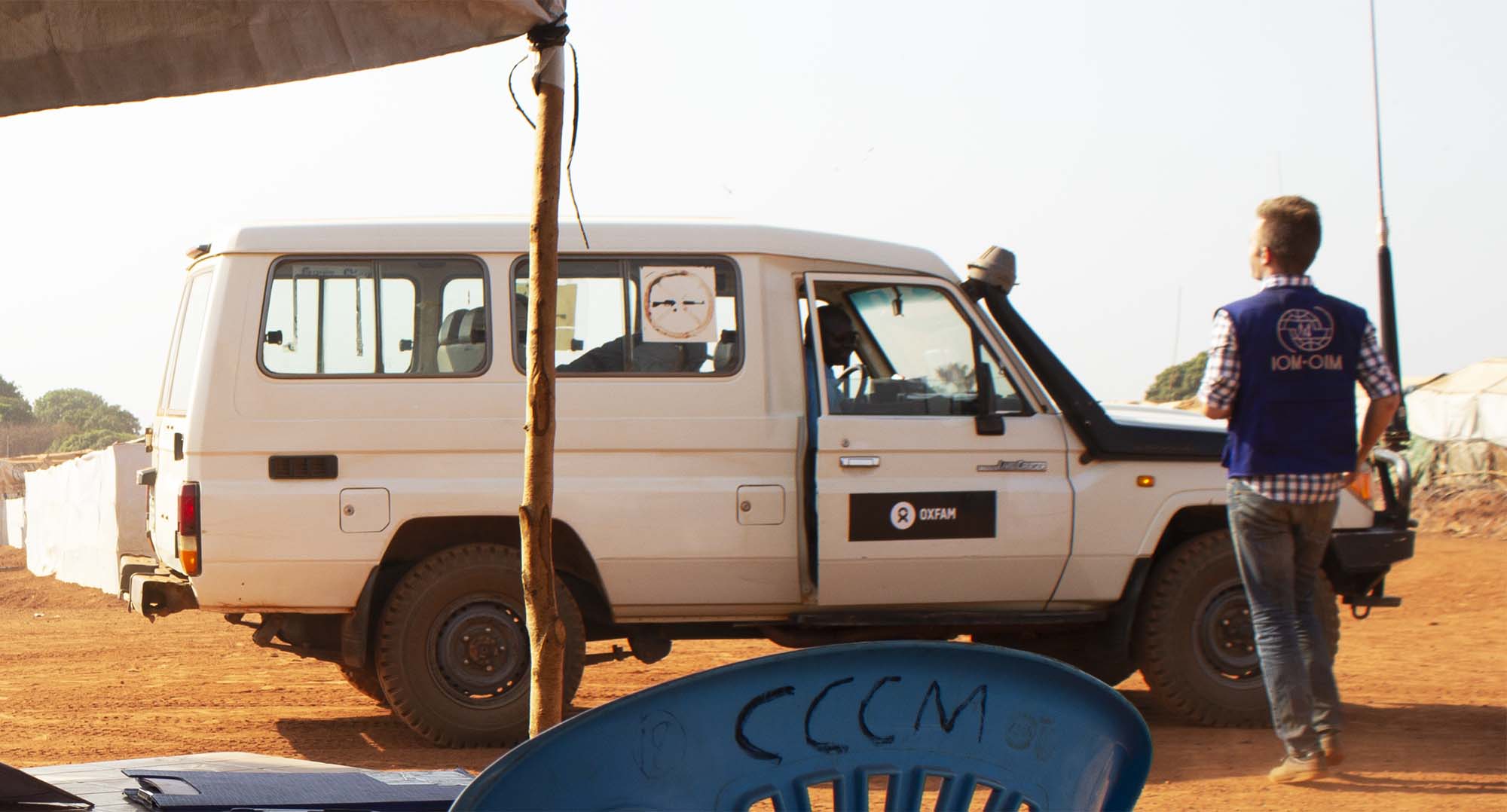
Who's not on the list
Organisations that are very small or geographically limited are not on the list. These include the ilk of Lighthouse Relief, Polish Humanitarian Action, Maram Foundation, AfghanAid, or the hundreds — perhaps thousands — of others like them. These local or niche NGOs are essential organisms in the global humanitarian ecosystem, but they are not in the same food chain as the big international NGOs. Most importantly for you, humanitarian job-seeker, very few of these local NGOs have paid international staff contracts. Instead, most hire their personnel from the domestic labour market or rely on unpaid volunteers.
United Nations agencies and the International Committee of the Red Cross are titans of the humanitarian realm that are also noticeably absent from the list. Why? Well, they are not non-governmental organisations. Rather, they are international organisations, and exist in a different legal dimension than NGOs.
Finally, while government aid agencies, such as ECHO, FCDO, GIZ, JICA, USAID, and others may be the major donors in the global humanitarian system, they are not on this list because (does it need repeating?) they are government bodies, not NGOs.
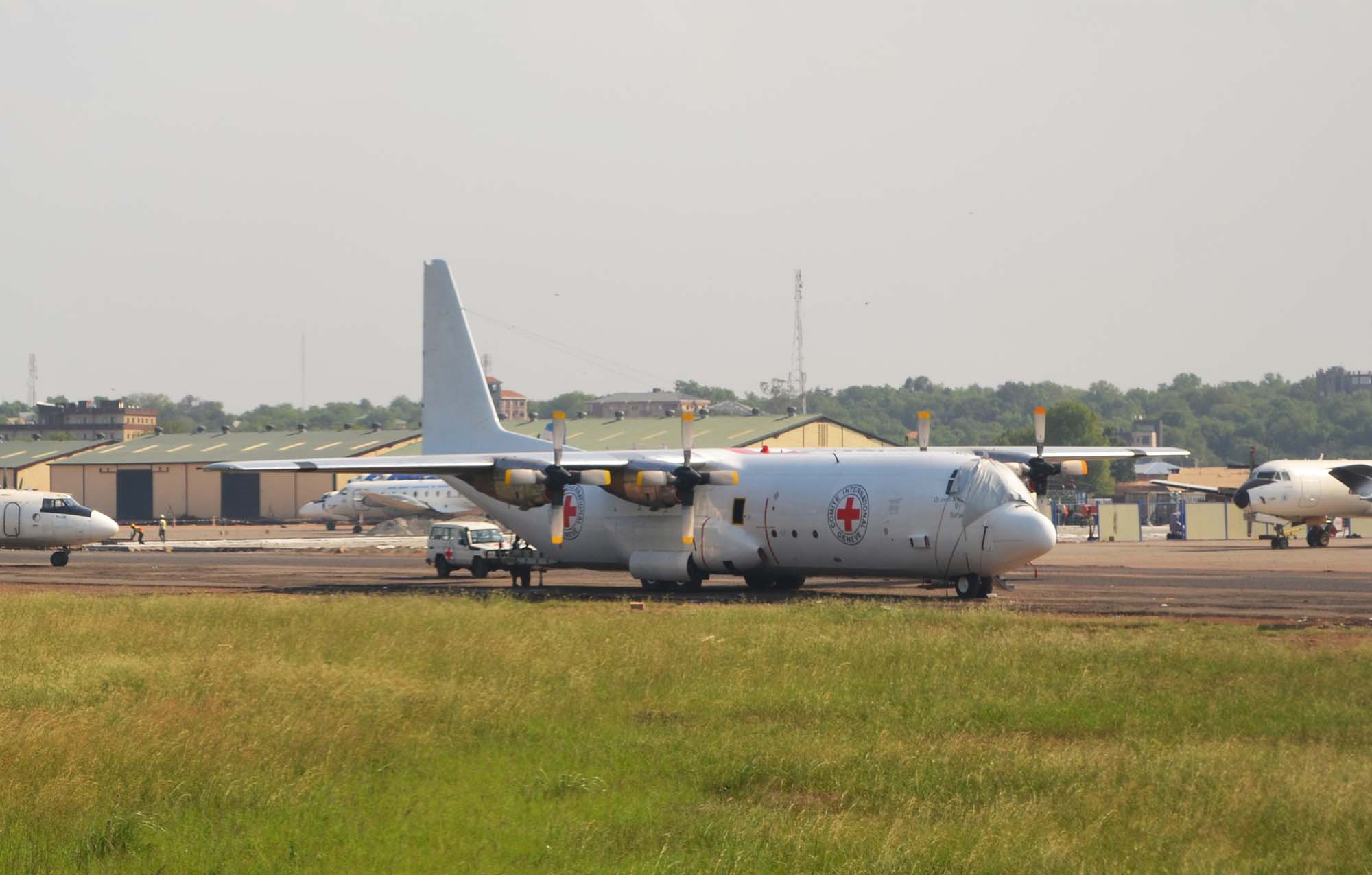
Our very rigorous ranking methodology
A ranking of employers is not unique to the humanitarian sector. In the accounting world, there are the Big Four, and then everyone else. In consulting, the top three firms are so renowned that they have been colloquially shortened into a single acronym: MBB. In the legal industry, one website devoted over 2,200 words to explain their methodology for sorting hundreds of law firms into three tiers.
Our methods are slightly less rigorous.
The 53 aid organisations below have been filtered into three categories according to a mixed metric that includes: the ease of getting an entry-level international position, their salaries, the quality of their work in the field, and their reputation within the humanitarian industry.
After all, humanitarians love to compare their organisations. For example, any aid worker would nod in approval if you started your career at Solidarités (Tier 3), graduated to PLAN (Tier 2), and then moved to the Danish Refugee Council (Tier 1), and finally took a UN job. But if you moved between organisations in the reverse order, your humanitarian friends would give you very quizzical looks. Therefore, this ranking is more a reflection of aid workers’ perceptions of these NGOs, rather than a ranking based on objective reality.
Each organisation’s performance also depends greatly on its in-country leadership and the quality of its staff in the field. For example, when you move to a new mission, you may hear comments from your colleagues like, “InterSOS is great here,” or “CRS definitely does not have their A-team here”. Which brings us to the second caveat of this list: the reputation and quality of work of each NGO can fluctuate dramatically from country to country. For example, World Vision or MDM or Oxfam might resemble Tier 2 NGOs in most countries, but they might behave like Tier 1 or Tier 3 NGOs in others. Nonetheless, each NGO does have an overall reputation, and this list is an attempt to reflect that.
This list has been reviewed by several dozen career humanitarians who have spent years working for many of these organisations. Each of them has suggested edits, additions, and removals to the list in order to ensure that we have not forgotten or miscategorised any NGO
How to read the list
Within each category, organisations are listed in alphabetical order. Those marked with an asterisk (*) are religious-based humanitarian organisations that may require a statement of faith to apply. In parentheses, we have noted each organisation’s shorthand moniker (get ready for acronym overload).
Tier 1 NGOs
Tier 1 humanitarian NGOs are the crème de la crème. They are renowned within the aid industry for doing principled, top-quality humanitarian programming and treating their staff well (that includes excellent salaries, apart from MSF). Most aid workers don’t start their careers at these NGOs — because they rarely hire for junior positions — but most would aspire to finish their careers here. The only major downside is that getting promoted and moving up the ranks within these organisations tends to be sluggish.
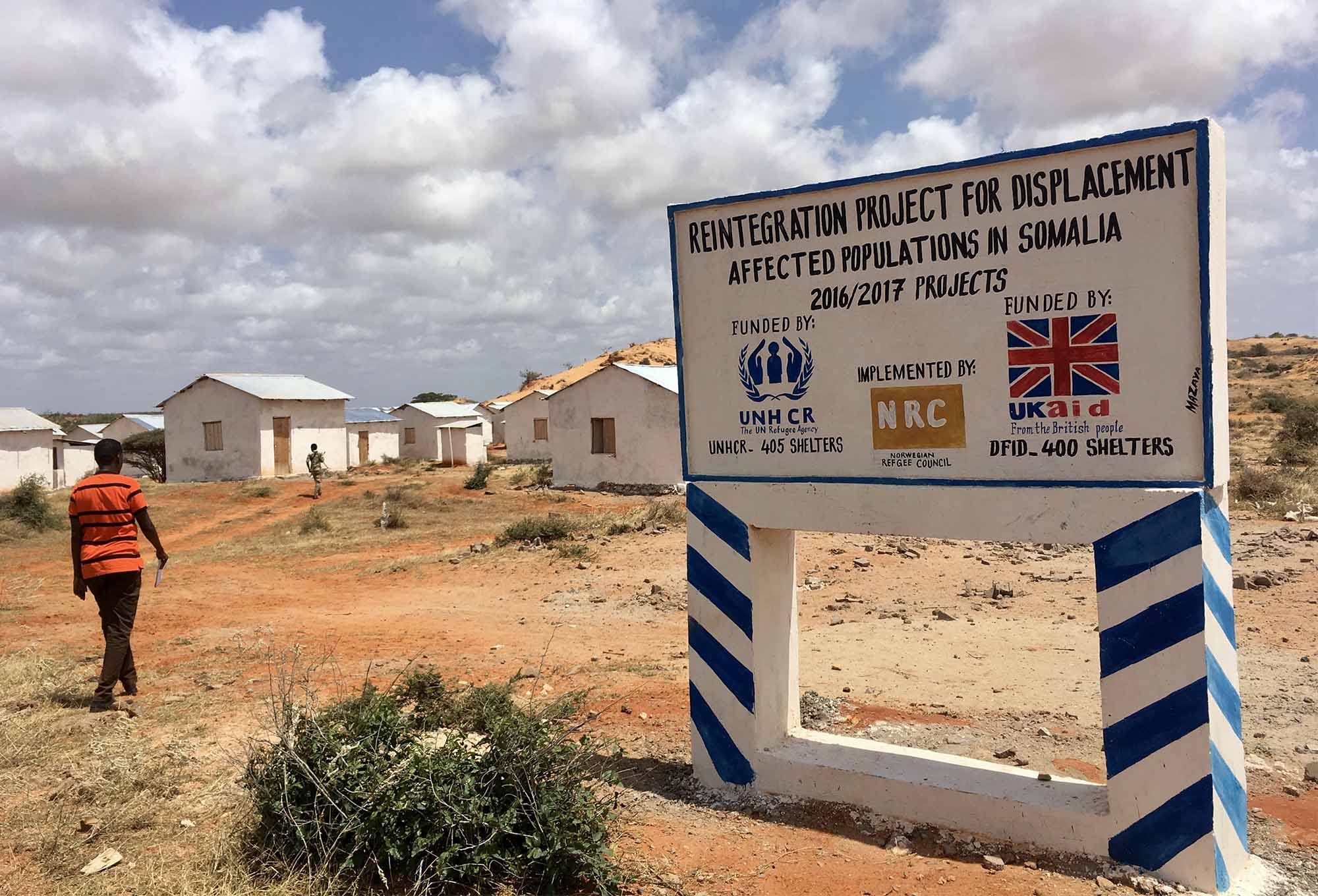
Tier 2 NGOs
Working for a Tier 2 organisation is akin to flying Economy Plus: it’s quite pleasant, but you’re aware that there is a nicer class up ahead of you. The NGOs in this tier are solid organisations and, in general, the quality of their humanitarian programming is sound (although this may vary depending on the country); they pay median salaries for the aid industry; and they occasionally hire entry-level international positions. If you’re hired by a Tier 2 NGO, it can be an ideal place to spend quite a few years or even your entire career.
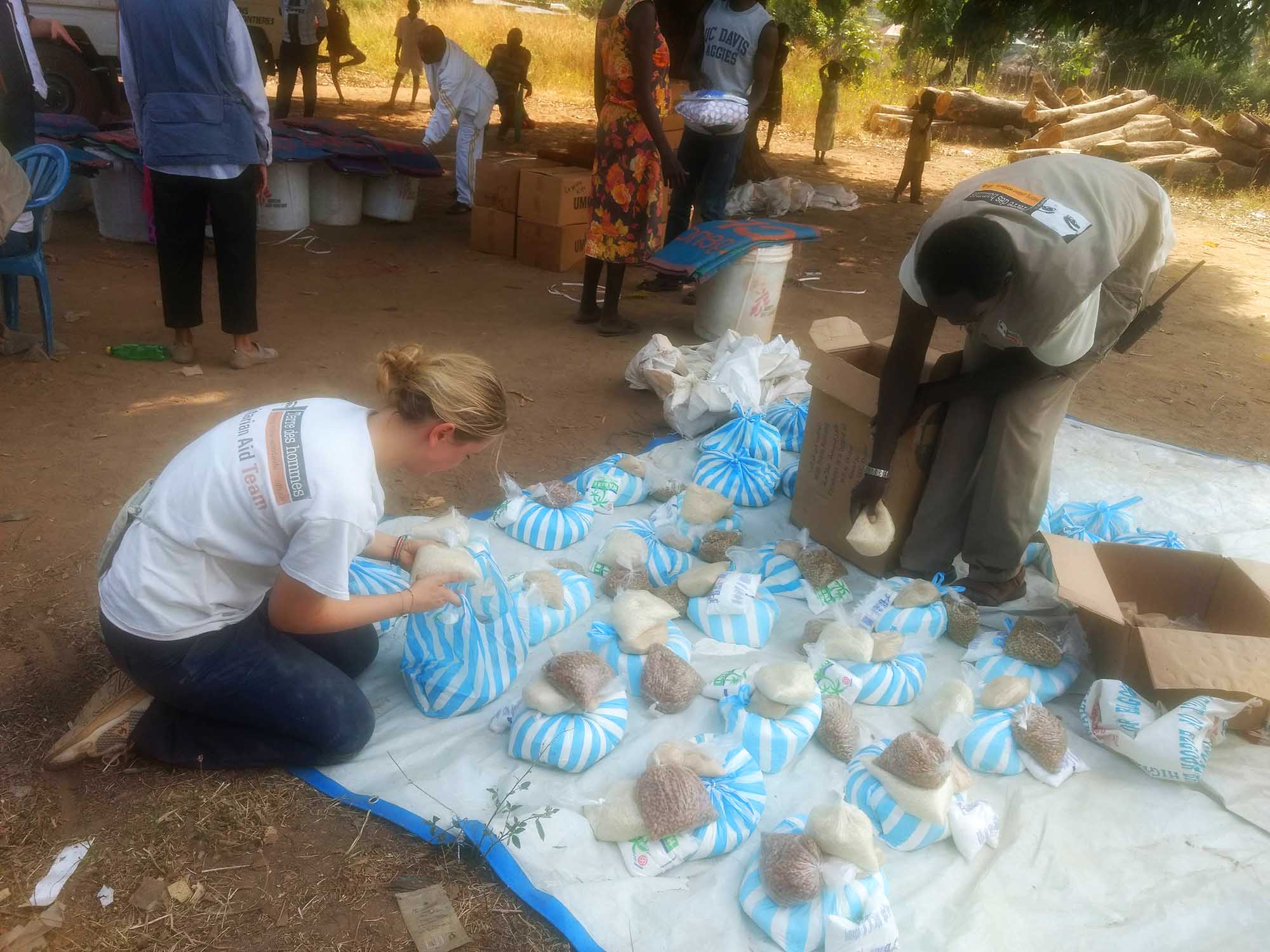
- Action Contre la Faim (Action Against Hunger) (ACF)
- ADRA
- Caritas *
- Catholic Relief Services * (CRS)
- Concern Worldwide
- DanChurchAid * (DCA)
- Global Communities
- GOAL
- HALO Trust
- HIAS (originally Hebrew Immigrant Aid Society)
- Humanity & Inclusion (formerly Handicap International) (HI)
- iMMAP
- Islamic Relief Worldwide *
- Malteser International
- Médecins du Monde (MDM)
- Medical Teams International * (MTI)
- Mines Advisory Group (MAG)
- Norwegian Church Aid * (NCA)
- Norwegian People’s Aid (NPA)
- Oxfam
- PLAN International
- Terre des Hommes (TdH)
- Trocaire *
- Welthungerhilfe
- World Vision International * (WVI)
Tier 3 NGOs
Tier 3 organisations are great places to start your career. They typically have more entry-level international positions than other NGOs, and their staff are mostly young passionate humanitarians in their 20s and early 30s, so the work environment is fun and the weekend parties are extremely memorable. Many of them have strong presences on the frontlines of major global emergencies: they often work further afield, and closer to humanitarian ground zero, than the UN or other NGOs. Another advantage of working for Tier 3 NGOs is that upward mobility is possible, encouraged, and can be quite rapid: you may find a 28-year-old country director in Tier 3 NGOs, while their counterparts in Tier 1 NGOs may be in their forties and fifties.
But most people don’t stay too long. Tier 3 salaries tend to be the lowest in the aid sector, their guesthouse accommodations have the fewest comforts, their R&R cycles are the longest, and they are not typically known for the quality of their humanitarian work. That’s not to say their work is poor quality — and some of it is quite good — but it’s not usually what they are acclaimed for.
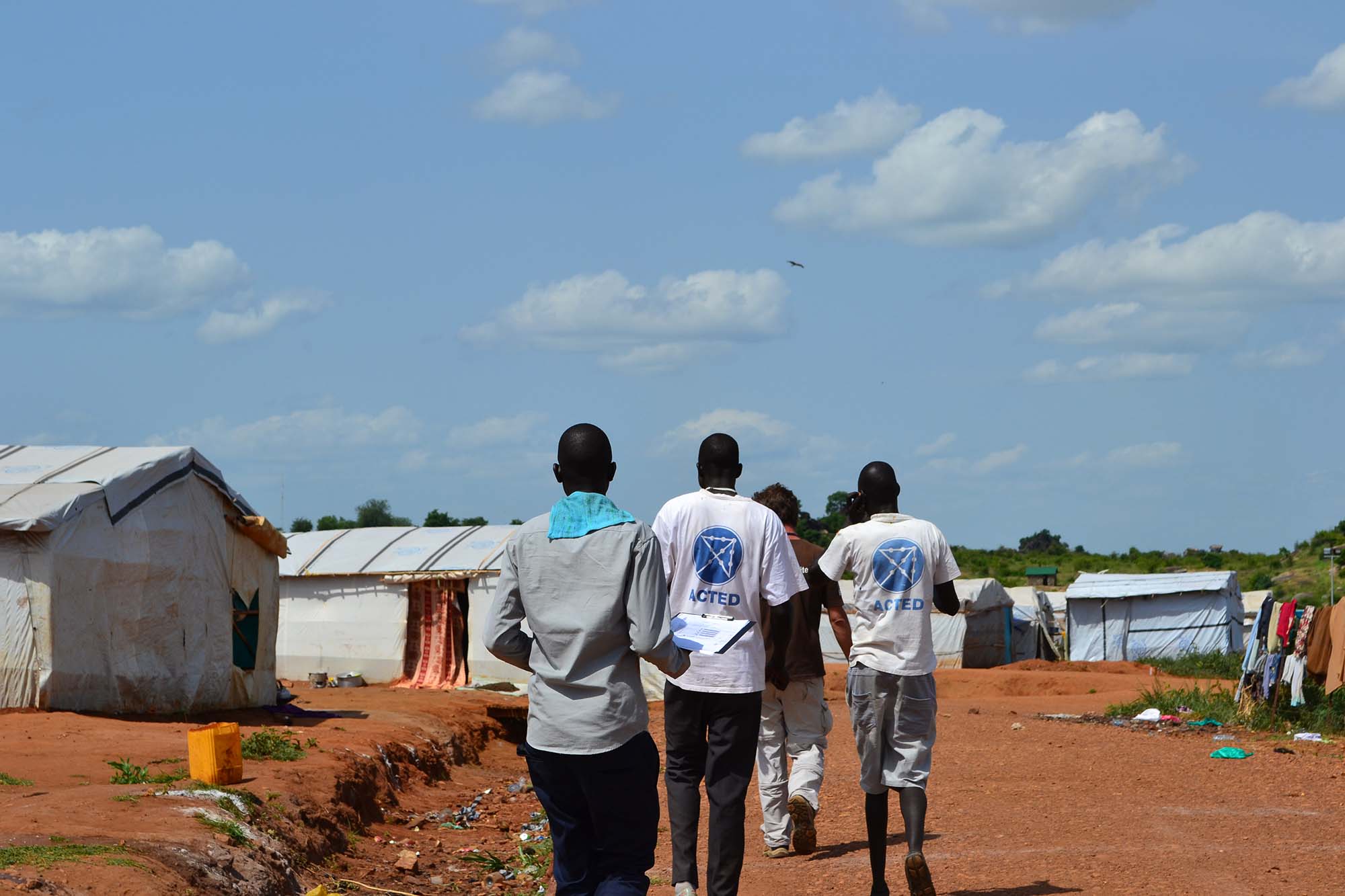
How to use this list
The next time you’re scrolling through job advertisements on ReliefWeb, drowning in acronyms, check here to see (a) if a particular NGO is on our list, and (b) where it’s ranked.
If it’s on our list you’ll know that it is a reputable international aid organisation. Where it is ranked on our list will give you an idea of how competitive entry-level jobs will be, and what the working conditions may be.
February 2023
Related posts
Aid agencies are struggling to hire in Ukraine. We take an in-depth look at what opportunities exist for humanitarian job seekers.
Don’t bother with the United Nations. Aim for NGOs that you’ve never heard of before.
Hiring managers from across the aid industry give their advice on what makes a great CV and cover letter. However, they don’t always agree.
You could skip this article and just go to ReliefWeb. But why skip all the fun?
The veteran Camp Manager explains why the job is among the most challenging in the industry. And why, after nine years, it’s also her favourite.
From medical assistance and food distribution to logistics and finance, your humanitarian career is shaped by your technical specialisation.
Weeklong rest-and-relaxation holidays are a common feature of humanitarian contracts. Is it the best job perk ever or the framework for a lonely lifestyle?
The Syria-based Protection specialist reflects on the power dynamics of aid and the privileged position that humanitarians often have in fragile countries.
Growing up in rural Sweden, the Red Cross delegate never aimed to be an aid worker. Now, at 33, he has built a career working with communities amid crisis and conflict.


